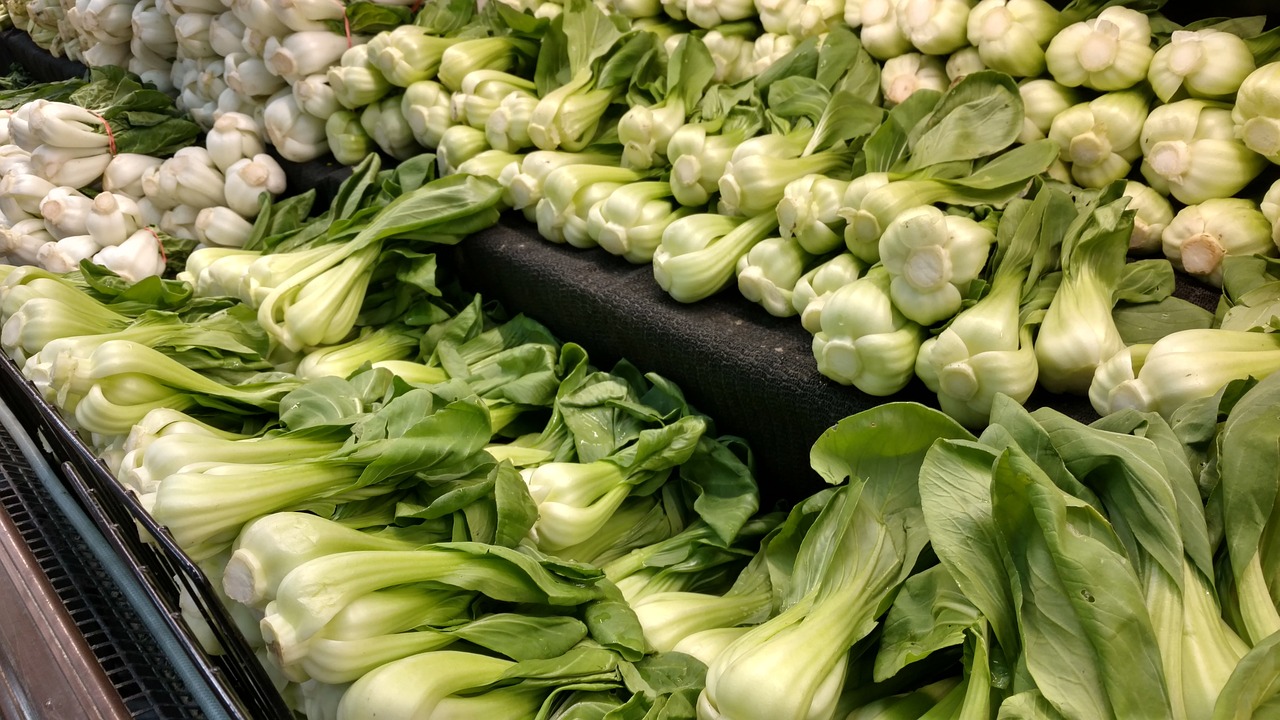Asian Grocers and the Asian Aisle at your Supermarket are not the same thing.

Do you remember growing up when your parents would tell you they are making your favourite Asian dish for dinner? You would immediately be excited, but then, more often than not, a meal would be placed in front of you that didn’t even come close to the dish you were expecting.
For me, I have a distinct memory of a particular serving of fried rice – if you could even call it that. Firstly, the dish was not what I would have deemed to be fried, but rather lightly tossed and warmed in a frypan, not even a wok. Secondly the large chunks of cauliflower, broccoli, as well as frozen peas & carrots, while despite being boiled thoroughly before they were added, added a flavour profile I was not expecting (or wanting), despite being drowned in soy.
Thankfully I managed to overcome this trauma from my childhood, as well as learning that the key to cooking an authentic meal at home really starts with the right ingredients.
Many of the large supermarket chains will have an Asian food section and sometimes even a small variety of fresh produce. If you compare the range of items available to that found in a specialised Asian grocery or Supermarket you will find that it is often extremely limited particularly to one or two main brands. This is usually attributed to economies of scale, and if large chains were to carry a large range of competing products they would find that many of these items don’t sell as often as they’d like, need to attribute significantly more shelf space, and not be making as much profit margin per item. There is also supply logistics to consider as well as they might not be able to stock the same items in many stores.
If you ever go to an Asian supermarket and inspect just how many varieties there are of one particular product, it can sometimes be overwhelming. Switching from one brand of an item to the next can cause a significant change in the flavour profile of the meal which you are creating so, it’s worth paying attention to specifics if your recipe mentions brands (which more and more cookbooks now do). Otherwise, you can always ask a store worker for help. They will often know where everything is, and if you tell them what you are making what substitutes might work best if it’s something not sold locally
Another benefit is often these products will be cheaper than a big chain. Most Asian stores will not spend large budgets on fliers, advertising, shelfing strategies, or even décor, keeping costs down. Marketing really is a western concept, and they want to get you into their stores to spend more.
As Asian grocers don’t carry all the food stocks which are not catering for the masses they have a more focussed produce section, resulting in fresher fruit and vegetables. They also have all those specific ingredients that you’re not going to find elsewhere, so if you need something specific, you may as well start with the key ingredients!
Frozen dumplings and non-perishables. There are often a much more substantial range of frozen dumplings, imported snacks, rice, canned foods, spices, noodles and so on that you can find. So when you might go in, with the intention of only buying 2 or 3 items, you could find a few supporting ingredients that could turn your one specific meal into a 3 or 4 course feed. So next time you pass by your local grocer pop in and see what goodies you might find!


